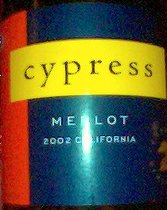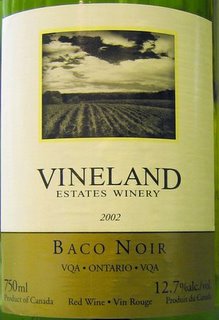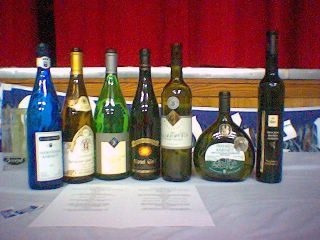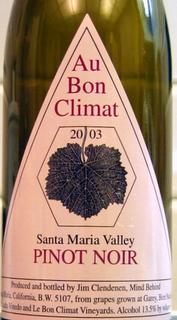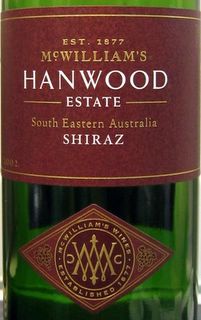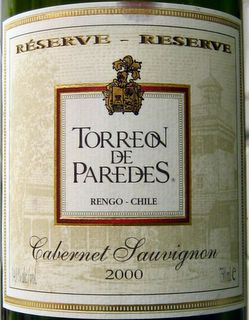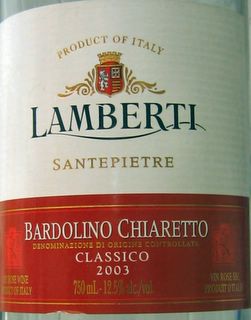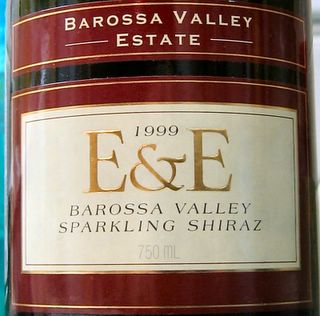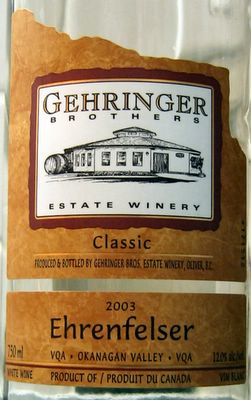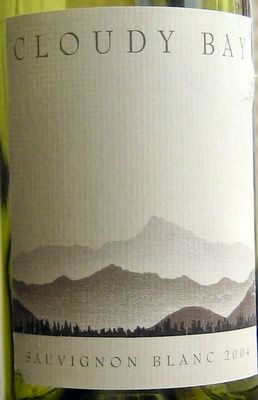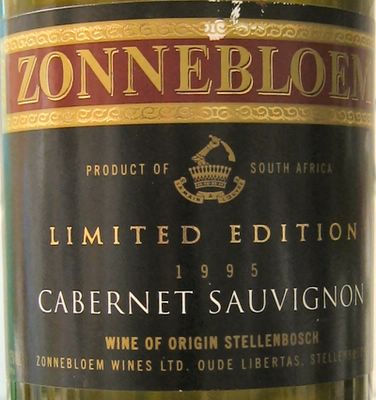(Note: Ed writes a weekly science column for radio and newspapers--this is this week's column. You can read more of Ed's columns--which usually aren't about wine--at his own website, www.edwardwillett.com.)The weekend before last we attended the International Wine and Food Festival at the Banff Springs Hotel. (A dirty job, but someone’s got to do it.) At the event, top wine makers from around the world led 250 attendees through tastings of some of their offerings.
Among the guests on hand was Neil Beckett, editor of
Fine Wine magazine. Copies of the latest issue were provided, and in it I discovered a fascinating article by Dr. Jamie Goode, a plant biologist and wine writer (and author of the new book Wine Science.)
Provocatively titled “Brainwashed by Winetasters?”, the article provides an overview of recent research into what goes on in our heads when we taste wine—and what that means for those much-loved numerical ratings of wine by famous wine tasters.
Dr. Goode points out that we would be completely overwhelmed by the information provided by our senses if our brain did not edit the incoming data. What we perceive as a complete picture of reality is really just a sketchy representation based on what the brain thinks is important.
Through functional magnetic resonance imaging (fMRI) studies, which reveal details of brain activity, we know that “flavour” is really synthesized in the brain’s orbitofrontal cortex from, not just taste, but also smell, touch and vision.
Eating a lot of something dulls this response, which is why the turkey that seemed so tantalizing when you started Christmas dinner loses its appeal over the course of the meal, but pumpkin pie for dessert can still tempt you.
This has obvious implications for wine tasters. In a trade tasting, tasters might taste 100 wines in one session. Tasting too many wines with similar characteristics may influence their perception of the later wines.
To be fair, trade testers have more analytical tools at their command than amateurs. Dr. Goode reports that a study in Rome in 2002 found that in professional sommeliers, unlike in non-tasters, an area of the brain related to an expectation of reward or pleasure lit up before the wine was tasted, and after the tasting, an area of the brain involved in planning and using thinking strategies lit up, probably because the sommeliers were mentally searching for words to describe the experience.
But just because you’ve taught yourself to analyze and describe wine doesn’t mean your description will match anyone else’s. Frederic Brochet, a cognitive psychologist, has found that each professional taster develops his or her own distinctive vocabulary for describing wine—and that the brain response to a specific wine differs from taster to taster, and even in an individual from tasting to tasting.
He has also discovered that even professional wine tasters can be fooled by their brains’ unconscious assumptions. He asked 54 subjects to describe a red wine and a white wine. A few days later, he again had them taste a red wine and a white wine—but this time the “red” wine was really just the white wine tinted with a neutral-tasting food colorant. In both experiments, the tasters used the same terms for the “red” wine. Brochet concluded vision plays a bigger role in our perception of wine flavour than we realize: we expect the taste of a red wine to fall within certain parameters, so our brain obligingly makes any red wine we taste fall within those parameters.
In a related study, Brochet served the same average-quality wine to subjects twice, with a week’s gap between servings, first packaging it as a table wine, then as a grand cru wine. At the second tasting, the tasters, thinking they were tasting a grand cru wine, used terms like “complex” instead of “simple” and “balanced” instead of “unbalanced.” The wine hadn’t changed: their perception of it had. Their brains had made some helpful assumptions, and there was nothing they could do about it: they were fooled from the moment they saw the bottle.
Dr. Goode concludes that every wine-taster’s response to every wine is unique. That doesn’t mean that tasting notes from experienced tasters are useless. Through experience and learning (as at Banff), wine tasters build up a consensual representation of reality, so that another experienced taster’s notes can provide useful information. But, in the end, your response to a wine is yours and yours alone: your background has as much influence on whether or not you like a wine as does the winemaker, the vintage or the
terroir.
In other words, a good wine is a wine you like.
 We received two bottles of this Vineland Estates Dry Riesling through their wine club, and we liked it so much (being German wine fans and hence Riesling wine fans that we are) that both bottles are already gone. It's fresh and tart, a bit green appley, a bit apricotty (hey, that's what we wrote down!), with a lovely acidic bite. Yum!
We received two bottles of this Vineland Estates Dry Riesling through their wine club, and we liked it so much (being German wine fans and hence Riesling wine fans that we are) that both bottles are already gone. It's fresh and tart, a bit green appley, a bit apricotty (hey, that's what we wrote down!), with a lovely acidic bite. Yum!
